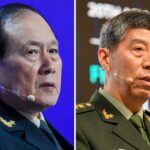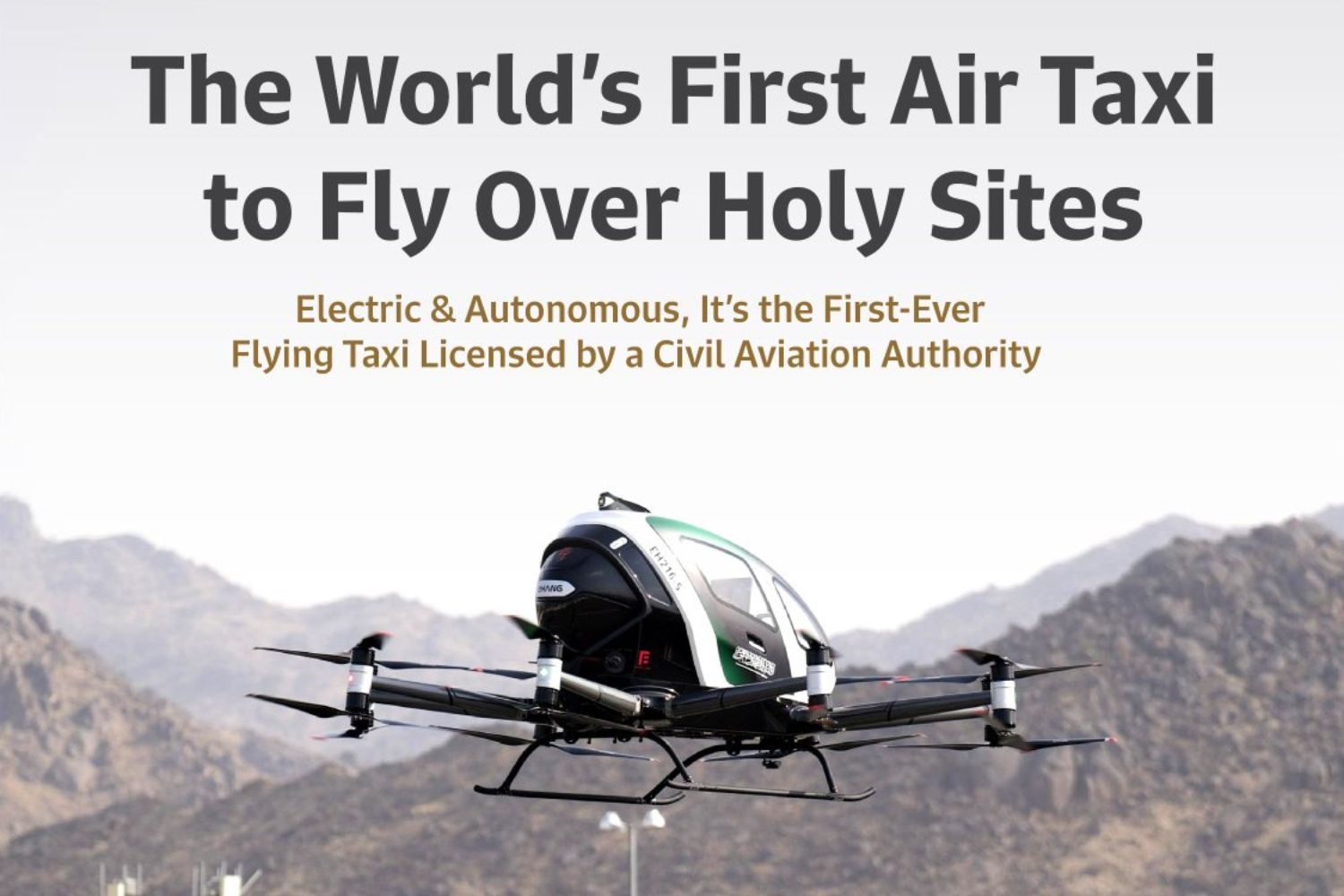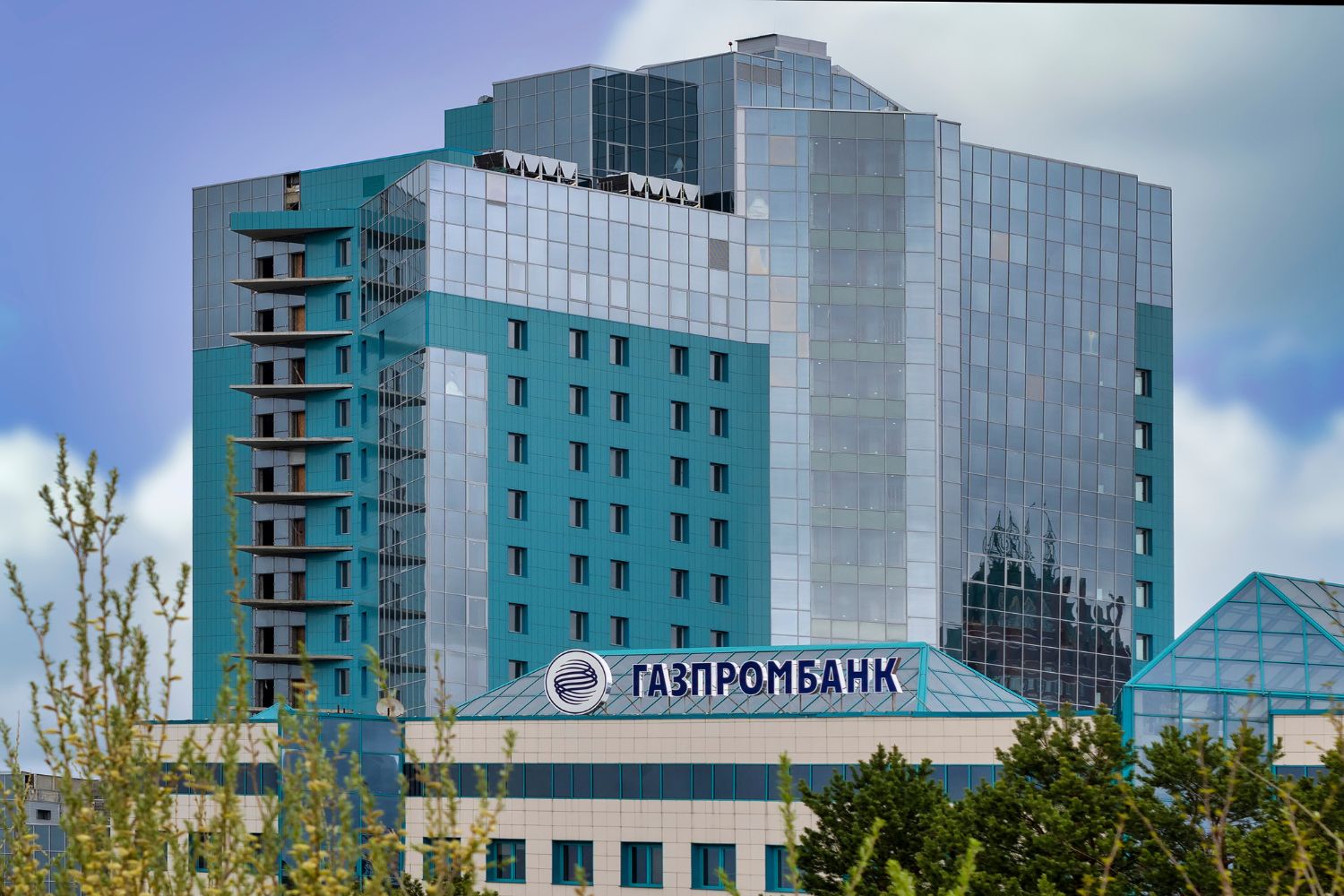The 2024 Iranian legislative and presidential elections witnessed a significant consolidation of power by hardline conservative factions, albeit with historically low voter turnout. The legislative elections were held on March 1, 2024, with a second round on May 10. Turnout was a mere 41%, the lowest since the 1979 revolution, with Tehran reporting an even lower turnout of just 24%.
In the legislative elections, hardliners and conservatives secured at least 138 of the 290 seats in the first round, while reformists managed to win only 25 seats. A runoff election will determine the remaining 45 seats. The powerful Guardian Council disqualified most prominent reformist and centrist candidates, heavily favouring hardliners. Additionally, many reformists chose to boycott the vote.
The early presidential elections, scheduled for June 28, 2024, were triggered by the unexpected death of President Ebrahim Raisi in a helicopter crash on May 19 . Voter dissatisfaction with the government, particularly after the crackdown on protests over Mahsa Amini’s death, contributed to the low turnout. However, officials claimed that Iran’s enemies failed to discourage voters .
The new parliament is unlikely to significantly alter Iran’s foreign policy, which is primarily determined by the Supreme Leader, Foreign Ministry, and Revolutionary Guards. However, conservatives may find common ground with reformists on some issues, such as the nuclear deal.
In summary, while hardliners tightened their grip on power, the elections were marked by a lack of real competition, widespread disqualification of opponents, and a public increasingly disillusioned with the political process. The low turnout highlighted the growing divide between the Iranian state and society.
ALSO READ: Iran president involved in helicopter crash
Iran’s political landscape is complex and influenced by both historical factors and contemporary developments. Here’s a brief overview:
Theocratic System: Iran is an Islamic Republic with a unique political system combining elements of theocracy and democracy. Ultimate authority rests with the Supreme Leader, who is the highest ranking political and religious authority in the country.
Supreme Leader: The Supreme Leader holds significant power over state institutions, including the military, judiciary, and media. As of my last update, Ayatollah Ali Khamenei has been serving as the Supreme Leader since 1989.
Elected Institutions: Iran also has elected bodies, including the President and the Parliament (Majlis). The President, elected every four years, holds executive authority but operates under the oversight of the Supreme Leader and various state institutions.
Guardian Council: This body oversees elections and vetoes candidates deemed unfit to run for office based on their adherence to Islamic principles and the Constitution. It consists of clerics and jurists appointed by the Supreme Leader and the Parliament.
Political Factions: Iranian politics feature various factions with differing ideological and pragmatic approaches, ranging from conservative to reformist. These factions compete in elections and influence policymaking.
Foreign Policy: Iran’s foreign policy is shaped by its regional ambitions, particularly in the Middle East, and its nuclear program, which has been a point of contention with Western countries and neighbouring states.
Public Opinion and Civil Society: Iranian society is diverse, with a significant young population increasingly connected to global trends and technologies. Civil society plays a role in advocating for human rights and political reforms.
Recent years have seen economic challenges, international sanctions, and periodic waves of domestic protests that reflect underlying tensions and aspirations within Iranian society. This landscape continues to evolve under the influence of both domestic and international dynamics.
ALSO READ: Iran’s presidential candidate debate concludes ahead of the presidential election













